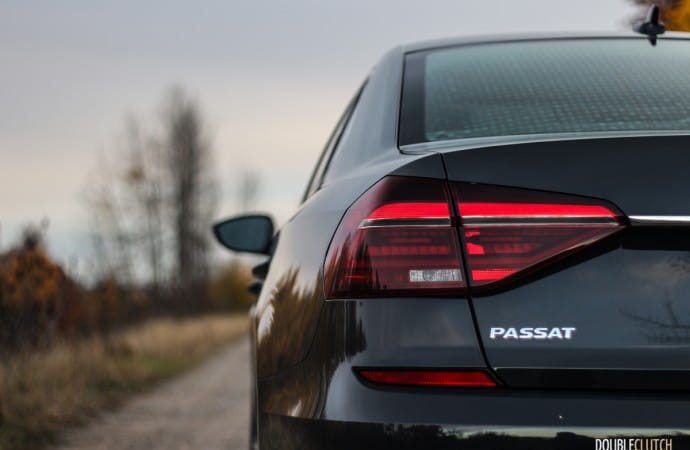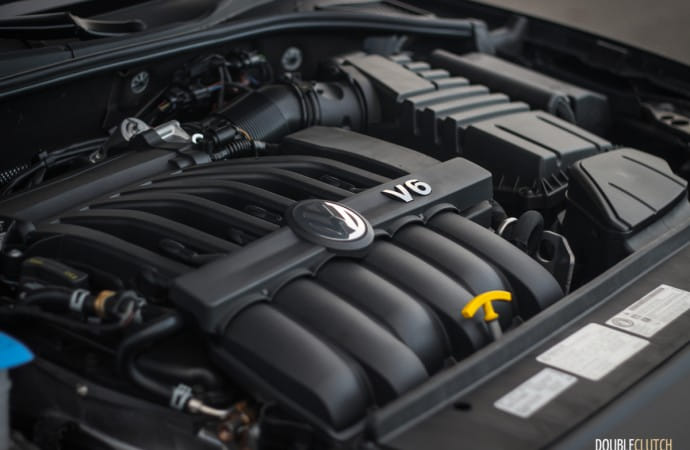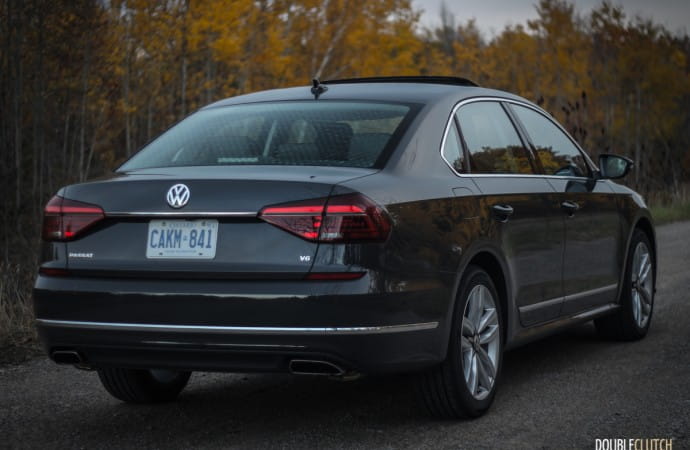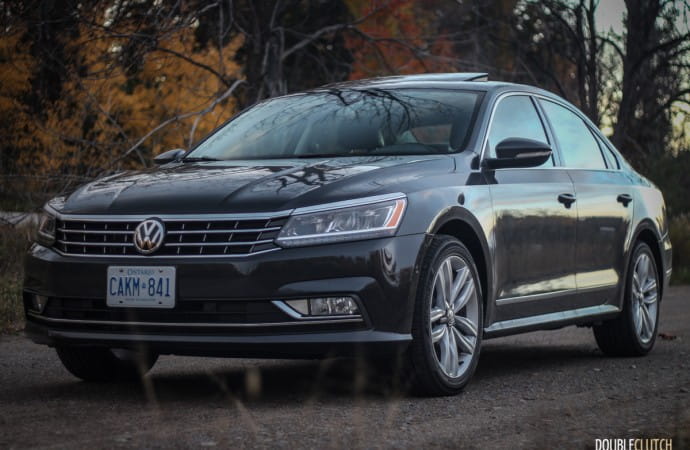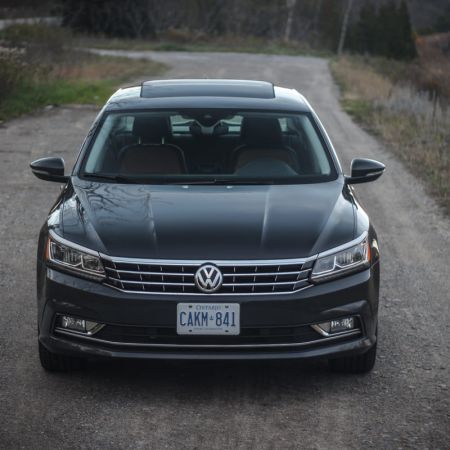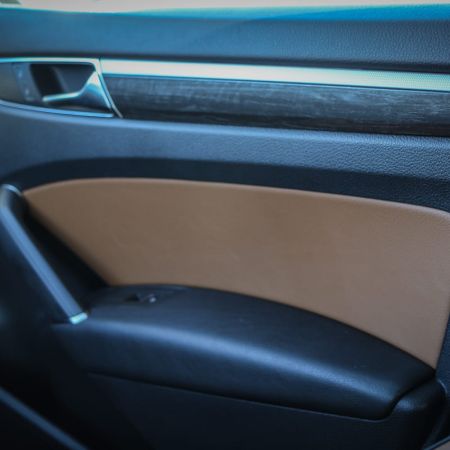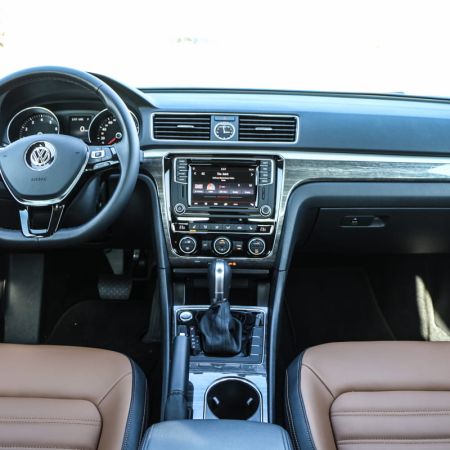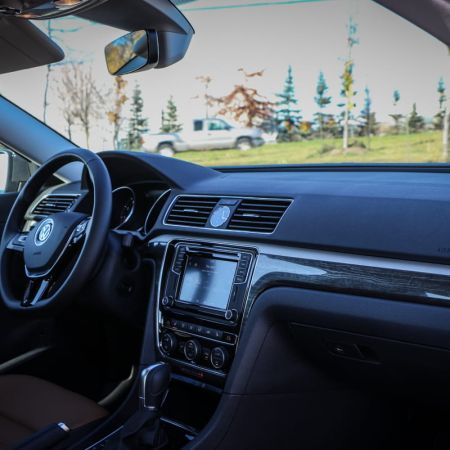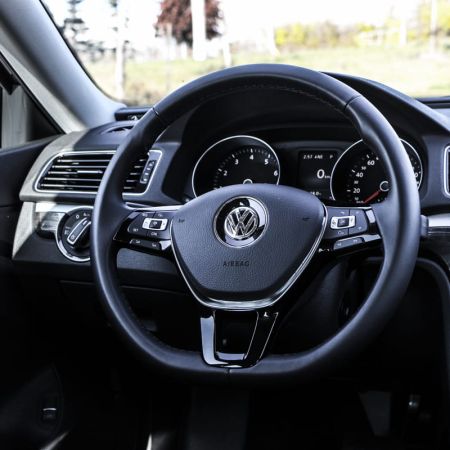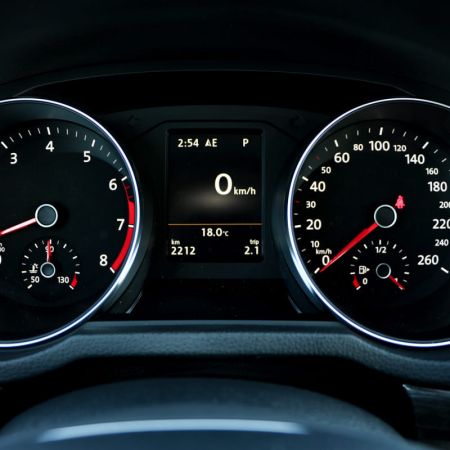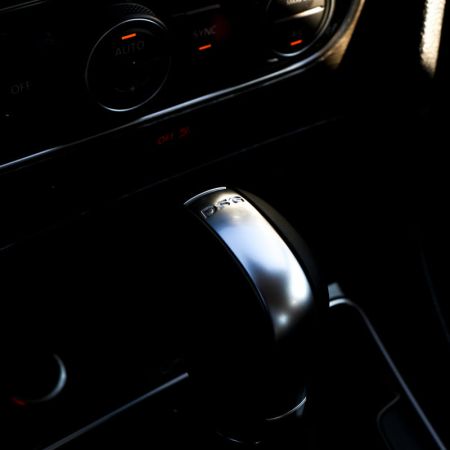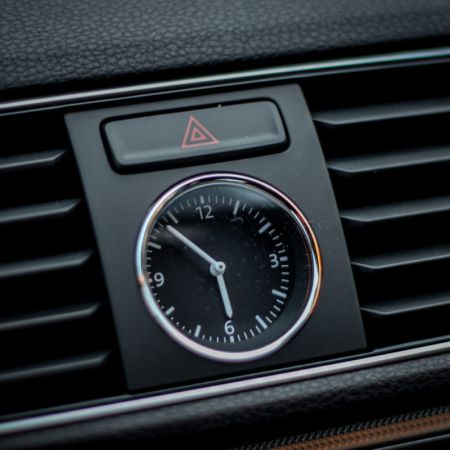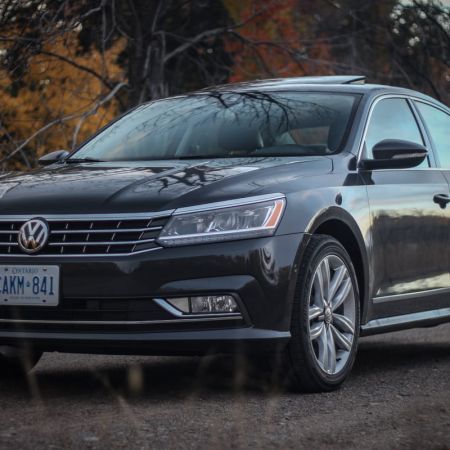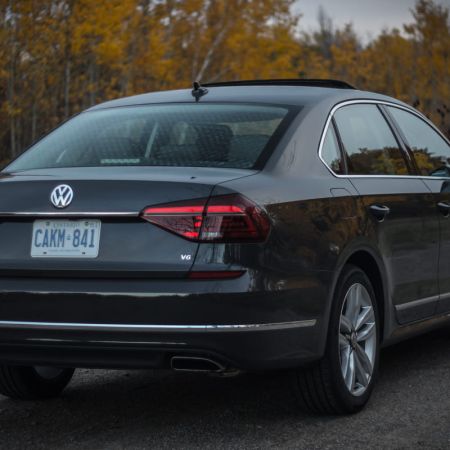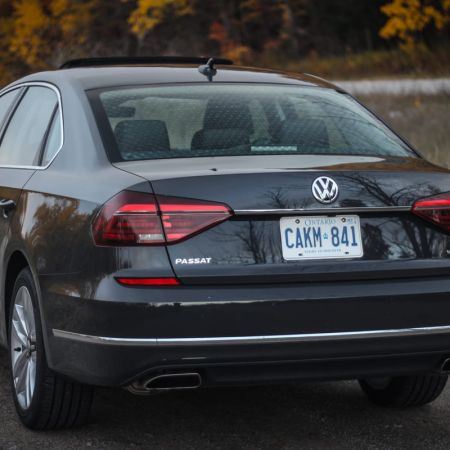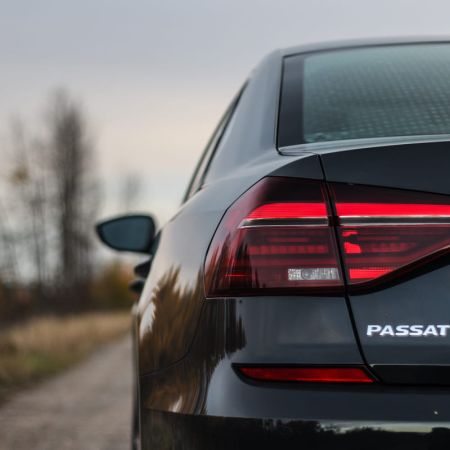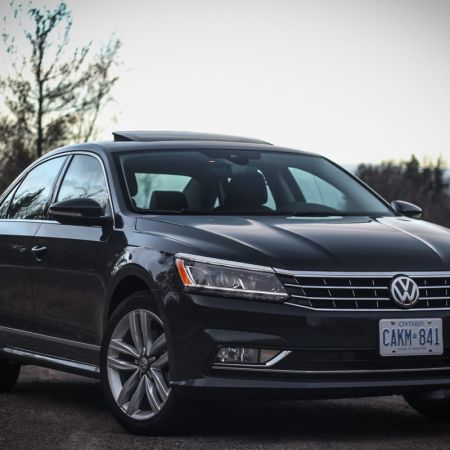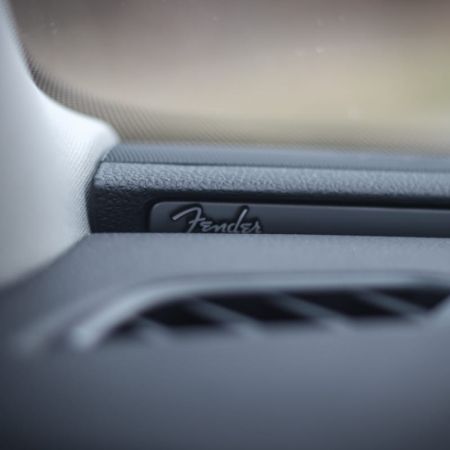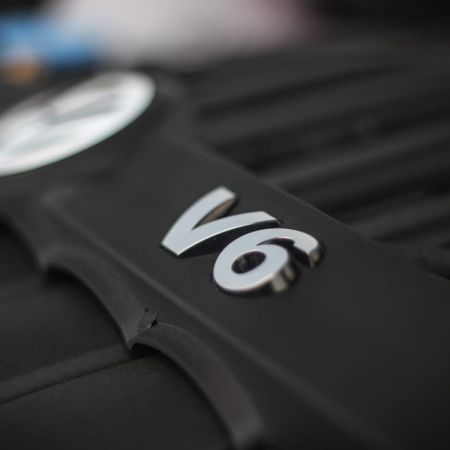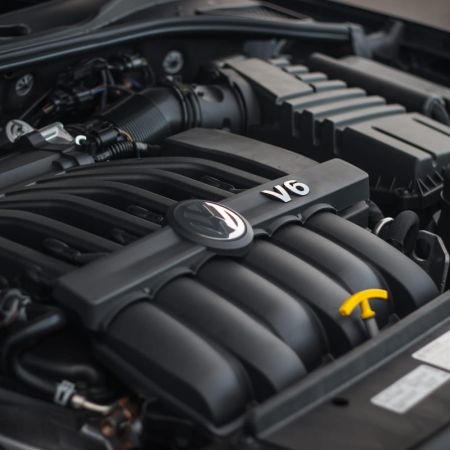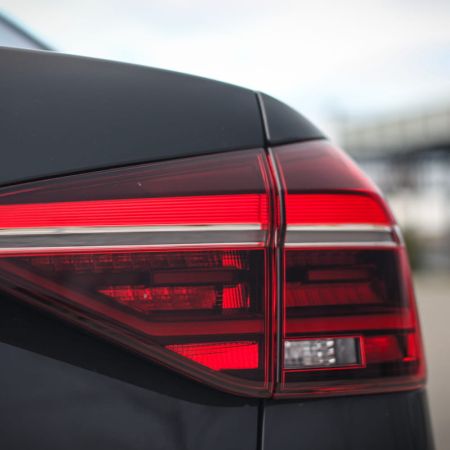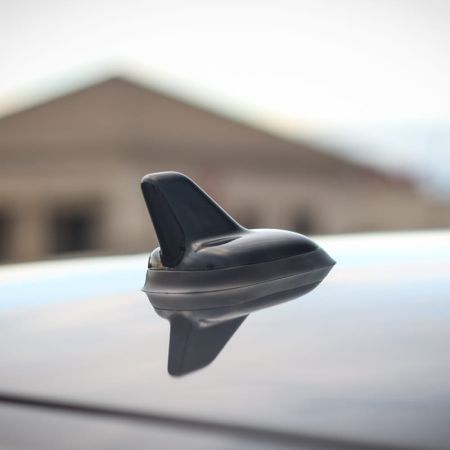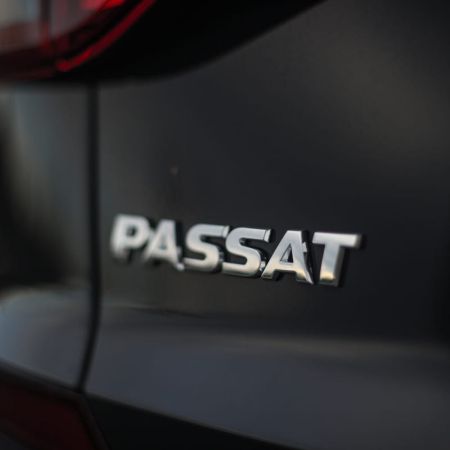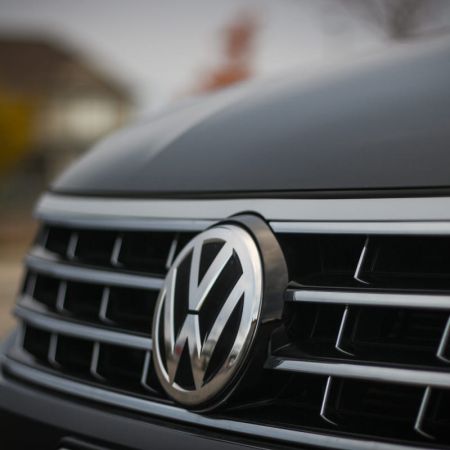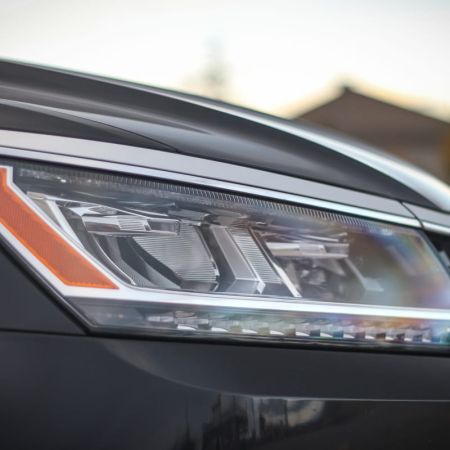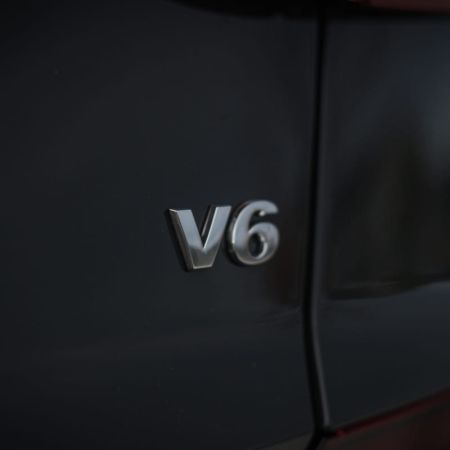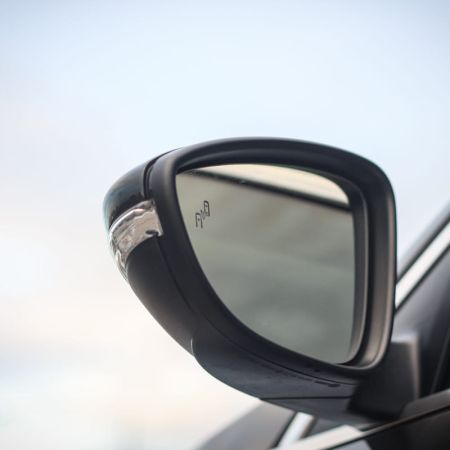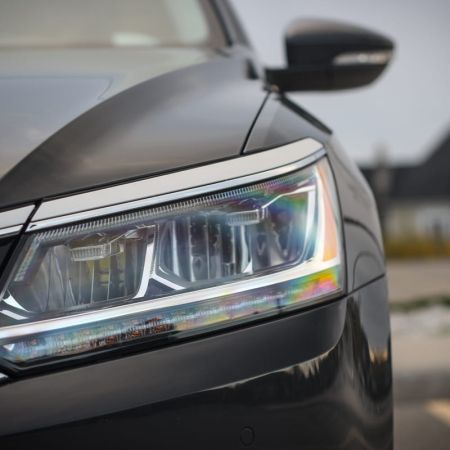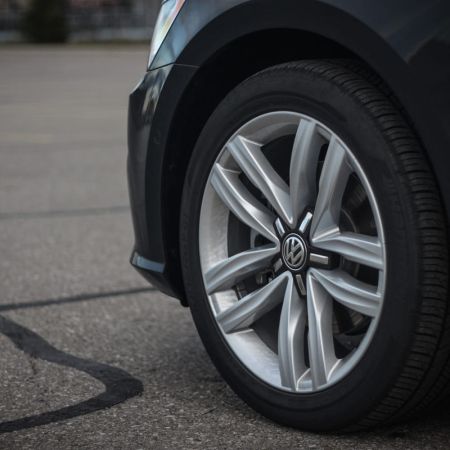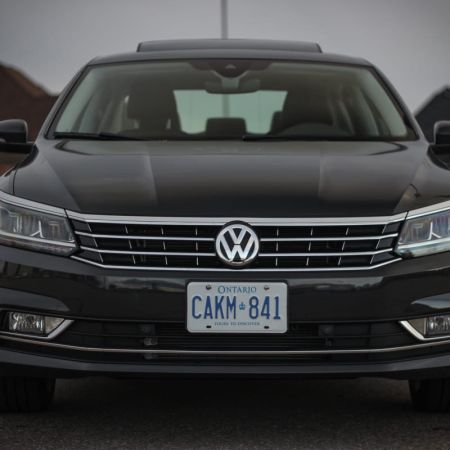With the ultimate results/ramifications of the TDI scandal finally falling into place, the diesel-powered models of certain Volkswagen products are all but forgotten. Basically everything from both VW and Audi’s lineup that was powered by the 2.0L TDI is now gone from our market, which leaves the 1.8 TSI gasoline motor as the main source of revenue for the brand. However, most have forgotten that something else, much punchier and more responsive is still available. We’ve spent plenty of time with four-cylinder models, so it was a nice change of pace when we were sent the keys to a 2017 Volkswagen Passat V6 Highline for testing.
I never really touch on the colour of test vehicles, but the Passat’s Urano Grey paint job is thoroughly creative and adds a premium touch to the otherwise-bland styling of the Passat. Since the current generation debuted in 2012, it has been the recipient of immense criticism from purists for ditching the style factor of the car in favour of more space. In short, the Passat went soft in order to increase sales. The car was refreshed for 2016, receiving LED daytime running lights and low beams, some more aggressive kinks in the design, and helping it stand out in the sea of beige that is its segment. Our Highline tester came bearing 18” Chattanooga alloy wheels.
This engine is seriously special; I’ve had a soft spot for VR6 engines ever since the Mark 3 Golf GTI offered in the 1990s. This 3.6L example is a mean example that pushes 280 horsepower and 258 lb-ft of torque, a serious upgrade over the 170hp/199 lb-ft example in the turbo four-cylinder. It’s naturally aspirated, so response is sharp, linear, and the car feels fast. The VR6 sounds awesome too, with a growl under wide-open throttle as well as a confident rumble when at cruising speeds. V6-powered Passats are also equipped with the six-speed Direct Shift Gearbox, a dual-clutch unit, as opposed to a conventional automatic in the four-pot.
DSG shifts the car imperceptibly, though not with the same urgency or pop-pop noises in the Golf R (reviewed here), helping with a 0-100 run of just over 6.4 seconds. A great trait that the VR6 has is the ability to maintain quietness despite the noises it’s capable of when driving spiritedly. The steering leaves a lot to be desired; there isn’t any analog feel or much feedback, though it does have satisfactory on-center feel and tracks down the highway effortlessly. Interestingly, the 3.6L Passat is still front-drive only, meaning there’s a bit of torque steer on full throttle acceleration. It would have been nice to see a 4Motion option, but that’s not available at the time of this writing.
Recommending premium fuel, the Passat 3.6L is rated at 11.9L/100km in the city and 8.5L/100km on the highway, which is about in line with its rivals. VW Canada says the 70L fuel tank will gladly accept regular if required to, though premium is a firm recommendation. We used 91-octane premium and averaged 9.4L/100km throughout our test week, with some highway jaunts consuming as little as 7.9L/100km. It’s pretty remarkable for a test vehicle to actually exceed the manufacturer’s ratings, so this is definitely something that stood out to us.
One of the Passat’s strongest traits is the cavernous interior, something that has been present since the 2012 model year. Despite competing with the other midsize entries in its class, the Volkswagen has a massive rear seat area, where even taller passengers like our 6’1 editor-in-chief can sprawl out without requiring more space. Rear seat legroom is as much as many full-sizers, matching the new Lincoln Continental and exceeding some larger yet more poorly packaged cars. Trunk space is equally generous, at 15.9 cubic feet. Of course, the rear seats also fold down in a 60/40 split.
Space may be plentiful, but one of my biggest gripes with the Passat has to be the interior. The two-tone leather seats on our test vehicle are appealing to look at, but don’t offer much support, especially for longer distances. They could also use a little more adjustment, as I couldn’t get my driving position exactly the way I wanted it. Materials are soft touch and they don’t feel like cheap plastic, but the dashboard area is slightly drab and the layout lags behind that of the Mazda6 and even the Kia Optima (reviewed here).
The Passat in Canada is priced to compete, starting at just $25,745 for the four-cylinder Trendline+. Equipped with alloy wheels, heated front seats and a leather-wrapped steering wheel, not to mention Apple CarPlay and Android Auto, this car is solid value. Our top-tier V6 Highline tester starts at $37,745 ($39,095 as-tested) and competes aggressively with the likes of the V6-powered Honda Accord (reviewed here), and Toyota Camry. The Highline offers the big wheels, rear view camera with cross traffic alert, a series of safety features, and of course, the aforementioned lovely two-tone leather seats equipped on our tester.
With regards to available options, the only addition one can make to the Highline is the $1,350 Driver Assistance Package. This includes adaptive cruise control, blind spot detection, park assist, and front-assist with automatic emergency braking. Adding this to the MIB-II infotainment system, now capable of Apple CarPlay, Android Auto and MirrorLink, means the Passat offers a good amount of tech that’s useful in the real world. It now also has regular USB ports rather than requiring use of the proprietary VW cables for iPods or Android devices.
The 2017 Volkswagen Passat V6 Highline is a neat take on the midsize sedan, offering more space than literally any of its competitors and a charming VR6 powertrain. If Volkswagen invests some resources into improving the interior to be aesthetically pleasing, the forthcoming generation might just be the best one yet. Regardless, it’s nice to see that the Germans are trying to make good with existing clients after the biggest blow to their reputation ever, and that consumers still have a car worthy of consideration.

